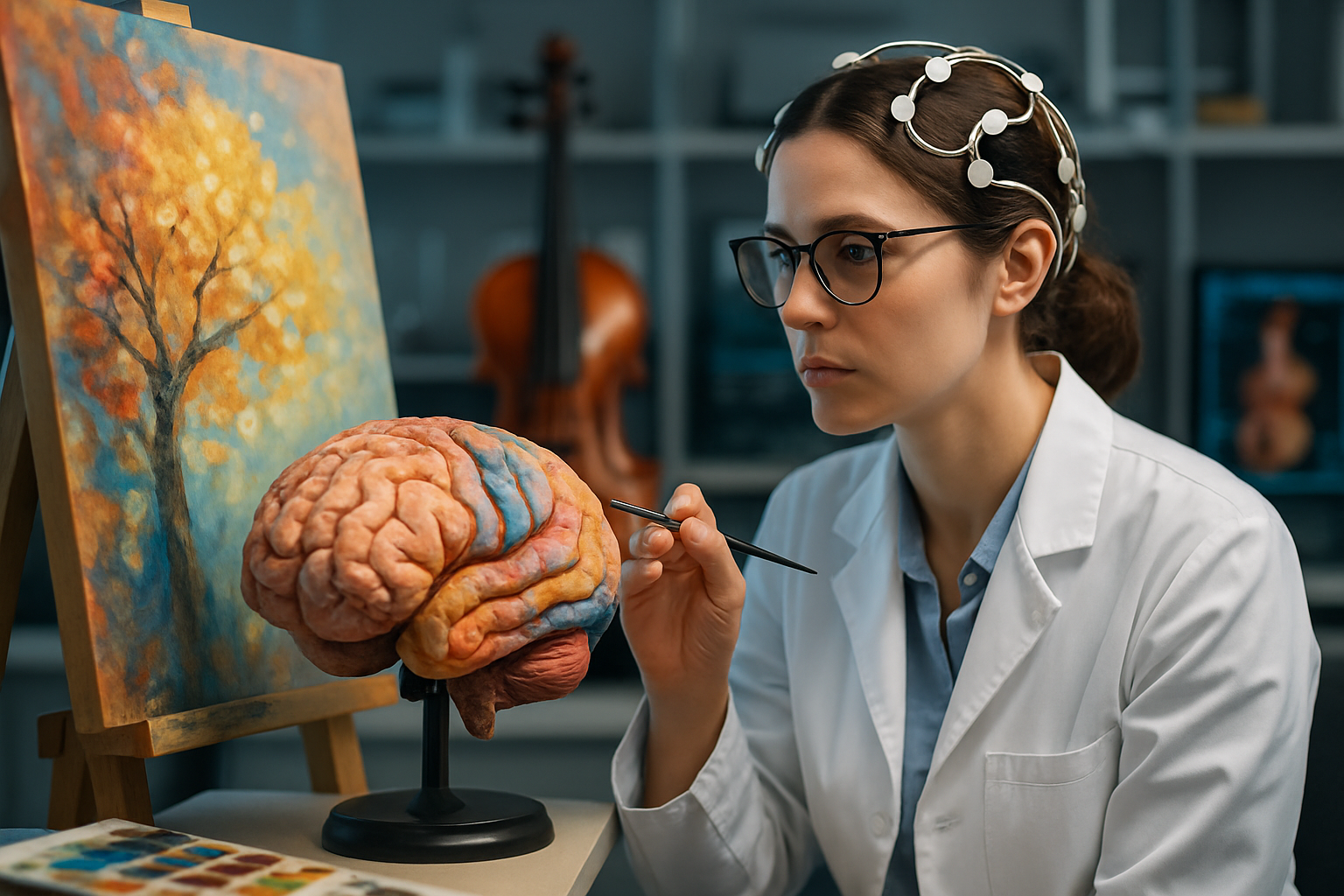Gamification in Continuous Improvement: Driving Operational Excellence
Unlocking employee engagement and boosting productivity through innovative gamification strategies in continuous improvement initiatives. The integration of gamification principles into continuous improvement efforts is revolutionizing how businesses approach operational excellence. This cutting-edge methodology taps into human psychology, leveraging game-like elements to motivate employees, enhance problem-solving skills, and drive sustainable performance improvements. By transforming mundane tasks into engaging challenges, companies are witnessing unprecedented levels of participation in their continuous improvement programs, leading to remarkable gains in efficiency, quality, and innovation.

Aligning Game Mechanics with Improvement Goals
The key to successful implementation of gamification in continuous improvement lies in carefully aligning game mechanics with specific operational goals. This involves identifying key performance indicators (KPIs) and translating them into measurable, game-like objectives. For instance, a manufacturing company might create a points system for waste reduction, where employees earn points for implementing successful waste-minimizing strategies. Leaderboards, badges, and level-up systems can be incorporated to foster healthy competition and recognize achievements.
Fostering a Culture of Continuous Learning
One of the most significant benefits of gamification in continuous improvement is its ability to foster a culture of continuous learning. By breaking down complex improvement processes into smaller, more manageable tasks, employees are encouraged to tackle challenges incrementally. This approach not only makes the learning process more engaging but also helps to overcome resistance to change. As employees progress through different levels of the gamified system, they naturally develop a deeper understanding of operational processes and become more invested in the company’s improvement initiatives.
Enhancing Cross-functional Collaboration
Gamification can be a powerful tool for breaking down silos and enhancing cross-functional collaboration. By designing challenges that require input from various departments, organizations can encourage employees to work together towards common goals. For example, a gamified improvement initiative might involve teams from production, quality control, and maintenance working together to reduce downtime. This not only leads to more holistic solutions but also improves communication and understanding between different parts of the organization.
Leveraging Data Analytics for Continuous Refinement
The digital nature of gamified continuous improvement systems allows for the collection and analysis of vast amounts of data. This data can provide valuable insights into employee engagement, the effectiveness of different improvement strategies, and areas that require further attention. By leveraging advanced analytics, organizations can continuously refine their gamification approach, ensuring that it remains aligned with business objectives and continues to drive meaningful improvements.
Implementing Gamification in Continuous Improvement: Best Practices
• Start with clear objectives and align game mechanics with specific operational goals
• Ensure the system is fair, transparent, and rewards meaningful contributions
• Incorporate both individual and team-based challenges to promote collaboration
• Use a mix of short-term and long-term goals to maintain engagement
• Regularly update and refresh challenges to prevent stagnation
• Provide real-time feedback and recognition to reinforce positive behaviors
• Use data analytics to track progress and refine the gamification strategy
The integration of gamification into continuous improvement initiatives represents a paradigm shift in how organizations approach operational excellence. By tapping into intrinsic motivators and creating an environment of healthy competition and collaboration, businesses can unlock new levels of employee engagement and drive sustainable performance improvements. As technology continues to evolve and our understanding of human motivation deepens, the potential for gamification in continuous improvement is boundless. Organizations that embrace this innovative approach will be well-positioned to thrive in an increasingly competitive global marketplace.





